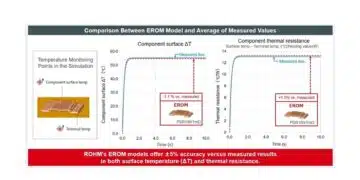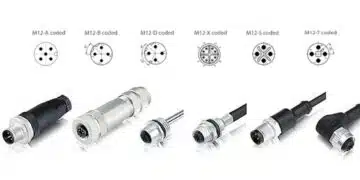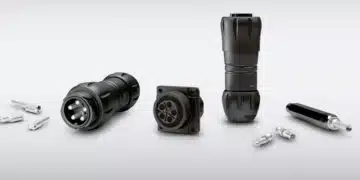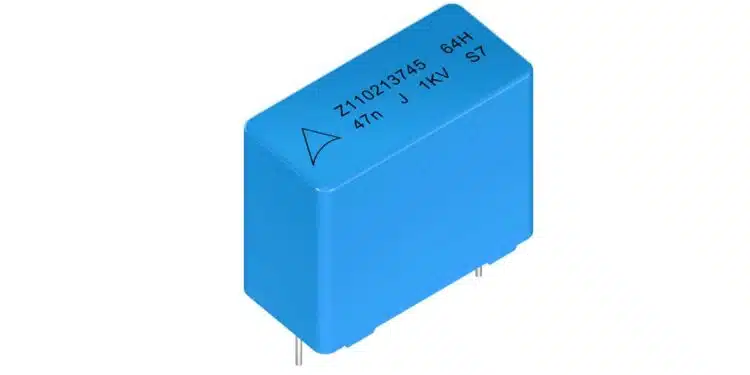TDK Corporation presents its new EPCOS B3264xH series of double-sided metallized polypropylene film capacitors (MMKP).
These components are designed to meet the demands of high-frequency applications with high pulse stress of up to 6,500 V/µs, where traditional solutions may fall short. They excel in resonant circuits, particularly the popular LLC topology.
Due to their compact form factor and AEC-Q200 compliance, these components are generally used in onboard chargers (OBCs) and DC-DC converters in xEVs, as well as in uninterruptible power supplies (UPS), industrial switch-mode power supplies (SMPS), and electronic ballasts.
These capacitors offer a rated DC voltage range from 630 V to 2000 V and cover capacitance values from 2.2 µF up to 470 µF. They are engineered with a special dielectric system combining polypropylene and double-sided metallized PET film, delivering high pulse strength and exceptional ripple current handling capabilities. Rated for continuous operation from -55 °C to +125 °C, the series ensures long-term reliability even under harsh environmental conditions.
The B3264xH capacitors stand out with their high insulation resistance, low dissipation factor, and robust self-healing properties, resulting in a service life of 200,000 hours at +85 °C and full rated voltage. These components are available in three lead spacing variants (10 mm, 15 mm, and 22.5 mm), enabling flexible integration into space-constrained circuit layouts.
By combining high performance with automotive-grade reliability, TDK’s B3264xH series helps designers optimize efficiency and longevity in advanced power electronics systems across both automotive and industrial sectors.
For the B3264xH, corresponding simulation models for various Spice versions and ANYSYS are available for download.
Features
- Very compact design
- High pulse strength
- High current withstand capability
- Usable in harsh, humid environments
- Halogen-free (upon request)
- AEC-Q200 compliant
Applications
- Electronic ballasts (resonant circuits)
- LLC topology
- High-frequency applications with high current stress
- Switch-mode power supplies
































